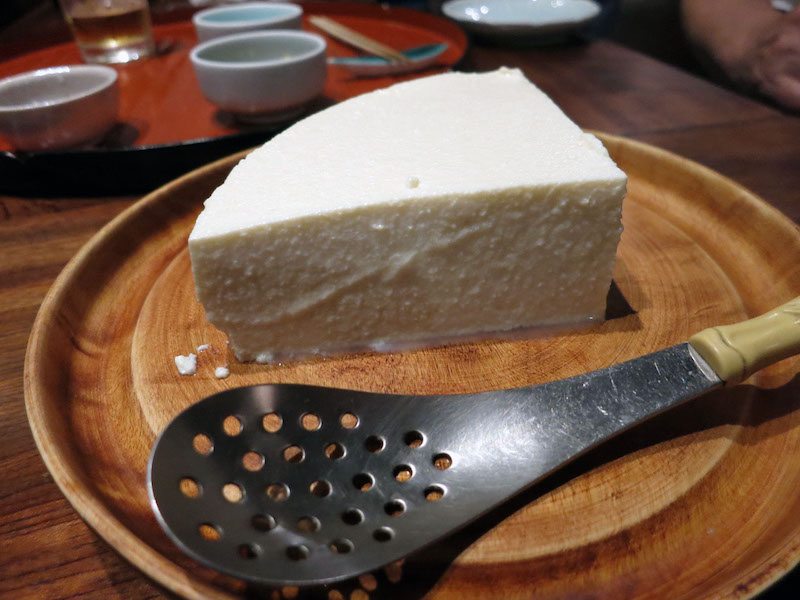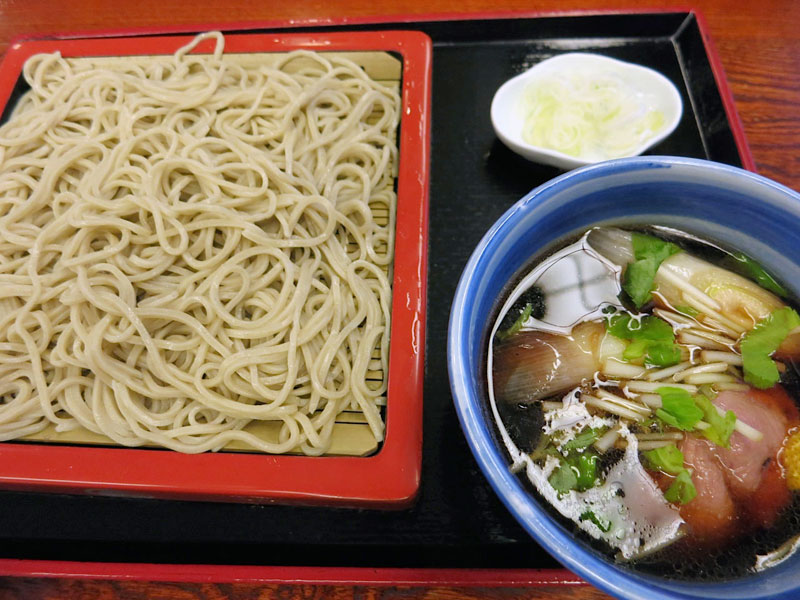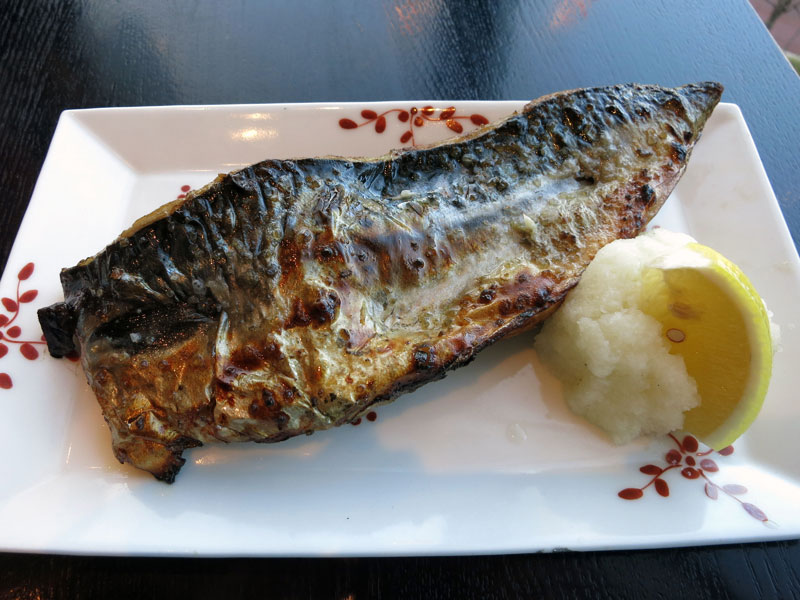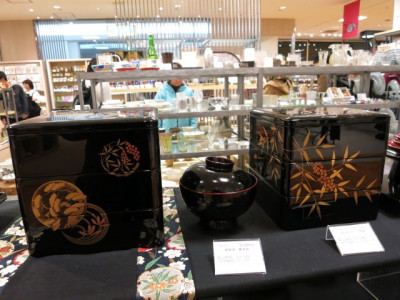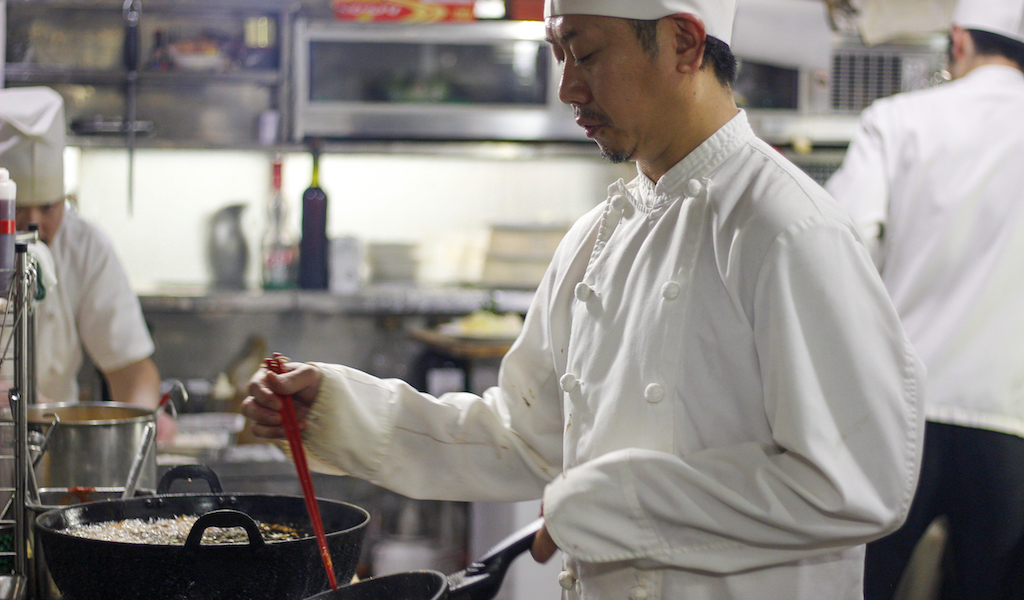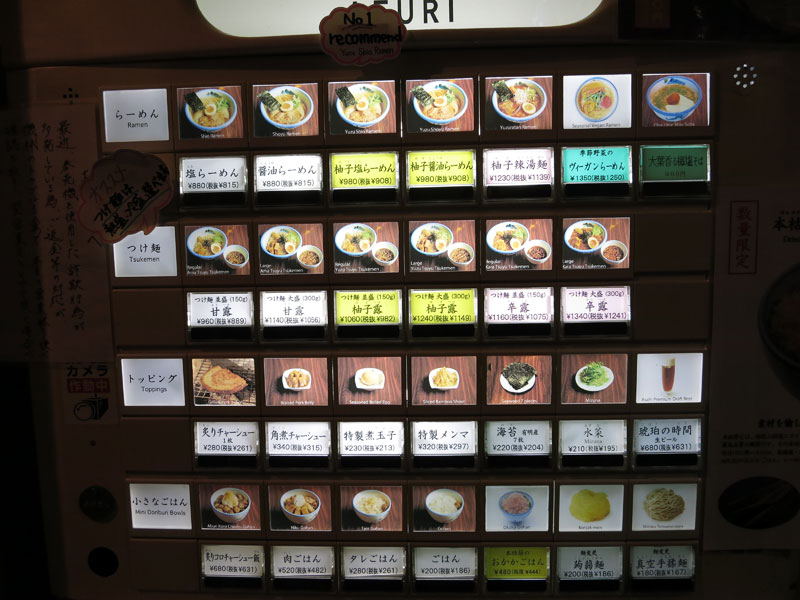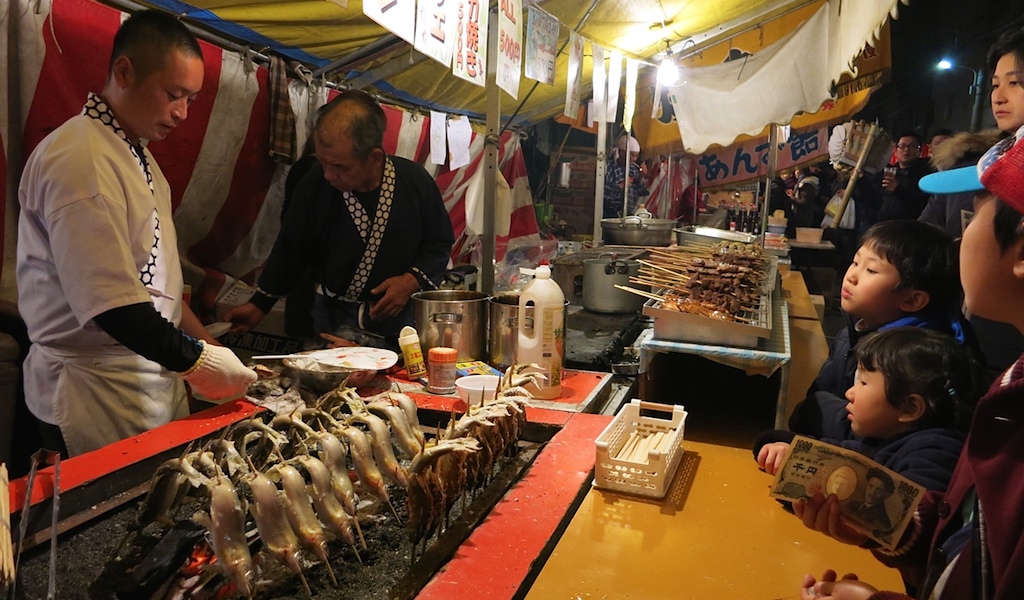We can't find the internet
Attempting to reconnect
Something went wrong!
Hang in there while we get back on track
Search results for "Fran Kuzui"
Tokyo
CB on the Road: Tofu Time in Kyoto
In the West, tofu is considered a boring dish desperately in need of other ingredients to make it interesting. Not so in Japan and especially in Kyoto. Tofu is a well-known component of Kyoto regional cooking, and locals consider tofu to be the star of the show. When visiting Kyoto during November and December’s peak leaf-viewing season we always make sure to book a meal at one of the city’s wonderful selection of tofu-centric eateries. Our very favorite is Tousuiro, a Kyoto institution where the tofu is made in house from domestically grown soybeans. At Tousuiro, tofu turns into a dazzling spectacle. The meal is not only delicious: It is the perfect Kyoto experience.
Read moreTokyo
Sarashina Horii Soba: Noodles, with a Side of History
How thrilling to know it’s possible to reach far back into Japan’s gastronomic past merely by visiting Azabu Juban’s Sarashina Horii Soba for a bit of “living history” in the form of a pleasantly simple meal. The Sarashina cooking lineage stretches back over 200 years and is always evident in the shimmering, high-quality plates of buckwheat noodles coming from the kitchen. In 1798, Nunoya Tahei, a Mastumoto City textile merchant famous for his soba skills, founded the Sarashina soba lineage when he was encouraged by Hosina, the local feudal lord, to open a shop making a style of soba popular in the Japanese Alps area of Nagano.
Read moreTokyo
Suju Dining Rokkaku: Miso Central
Many people think of miso as the soup that gets tacked onto every Japanese meal. We can still remember our first experience of Japanese food in the West, when the waiter brought the soup at the end of the meal, and someone thought he’d forgotten to serve it at the beginning. Any self-respecting Japanese meal, just about anywhere in the world, will end with miso soup. The miso used in the soup is a paste that will determine the flavor of the soup. There are basically three kinds of miso: red (akamiso), white (shiromiso) and mixed (awase), which has a brownish hue and is the most common variety used in miso soup.
Read moreTokyo
Osechi Ryori: Edible New Year
‘Tis the season of the Japanese New Year’s trinity: osechi, oseibo and nengajo. Like newsy Christmas cards, the nengajo is a recap of family or personal news mailed in postcards during the weeks preceding the end of the year and efficiently delivered all over Japan promptly on January 1. The winter gift-giving season is in full swing, with companies and individuals sending oseibo gifts as thank-you expressions for kindnesses over the year. Most gifts are food or household items like cooking oil or soap. The best of the traditions is osechi ryori, traditional New Year’s cuisine. Osechi is not something one can find in a restaurant because it’s eaten only one time a year, at home or when visiting others at home.
Read moreTokyo
Rengatei: The “Western” Canon
We woke one Sunday craving omuraisu, our favorite Japanese comfort food. Omuraisu, sometimes rendered as omurice, is an umami bomb: a soft egg omelet arranged over rice studded with a protein such as chicken or pork and a flourish of ketchup-laced demi-glace sauce over the top. So we headed to Edoya, a yoshoku outpost in central Tokyo that opened over 60 years ago and became popular thanks to a particularly affable chef. Although it means “Western food,” yoshoku is a decidedly Japanese creation, one inspired by a 19th-century notion of pan-European cuisine. Developed with the support of the Meiji Emperor around 1900, this style of cooking places a great emphasis on meats, often paired with rich demi-glace sauces, which many believed would help Japanese people become larger in build.
Read moreTokyo
Afuri: Back to the Source
Once the province of late-night slurping at street carts or standup counters, instant meals and cheap dining, ramen has undergone a renaissance over the last 18 years, making it onto haute hipster tasting menus in the West and creating punishing waits outside the “it” ramen-ya of Tokyo and Osaka. As the New Year began we decided to revisit the roots of classic ramen dining in Tokyo and paid a visit to the original Afuri ramen stand in Ebisu. Could it already have been 17 years since this place opened its doors to a hungry mob? Tucked into a back street in the warren that surrounds Ebisu station and facing the back exit of Ebisu yokocho (the newest trendy eating alley in Tokyo), this clean, well-lighted place has stood the test of time and continues to thrill.
Read moreTokyo
Natsu no Shun: Summer Eating in Tokyo
After the merriment of sakura cherry blossoms has faded, bringing with it the dreary Japanese rainy season, the hot, humid days of July and August follow shortly thereafter. When summer temperatures and the humidity reach a point of sticky and awful, Japanese people tend to change their diet so as to shake off natsubate, the physical fatigue of summer. In a country where the main religion is nature-worshipping Shinto, most people practice the custom of shun: celebrating nature’s cycles and each season’s profusion of food. Loosely translated, “shun” means the height of nature’s abundance. Each of Japan’s fruits, vegetables and also animal proteins has its own shun, and in the essential and enduring wisdom of Japanese cuisine, that has influenced the preparation of Japanese food for thousands of years.
Read more